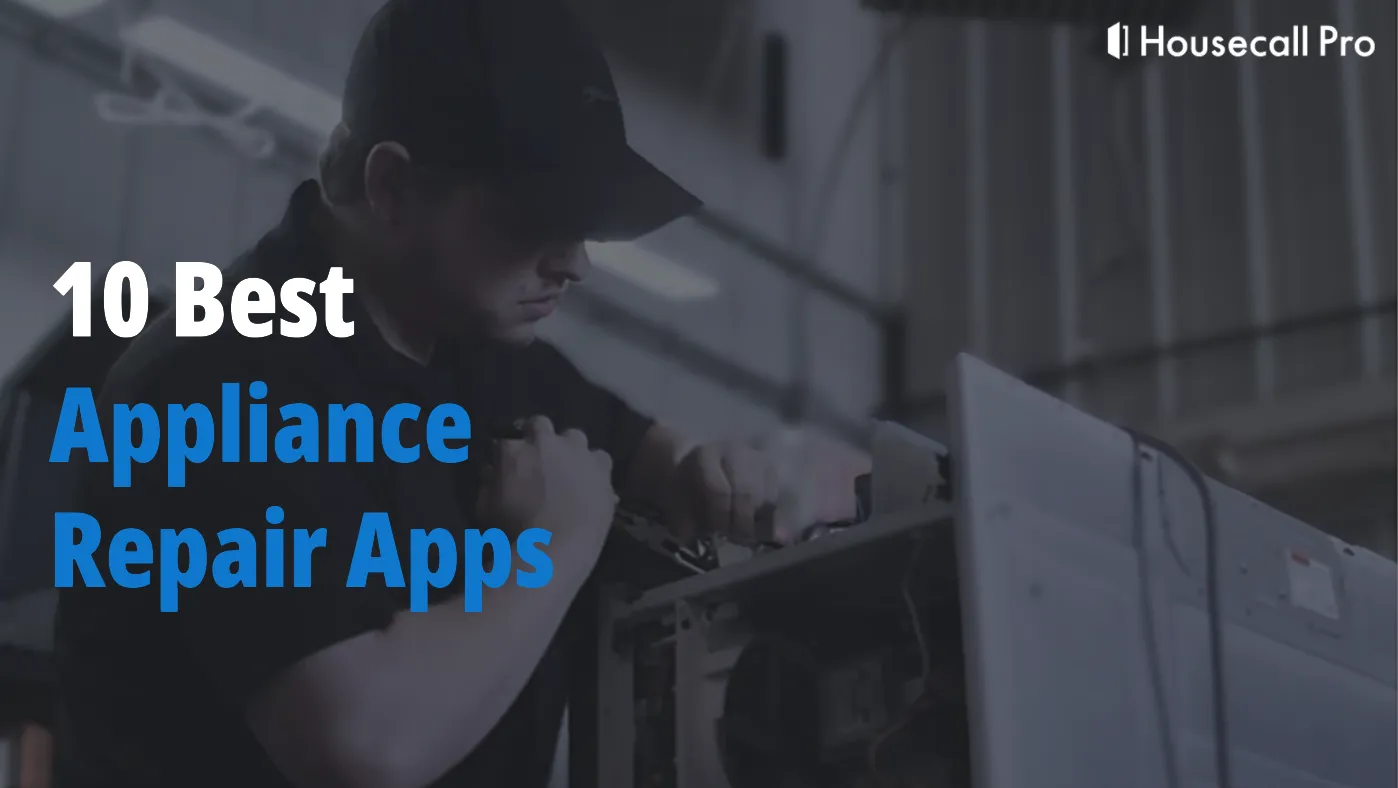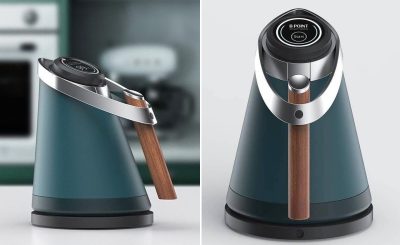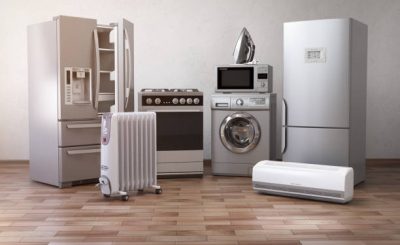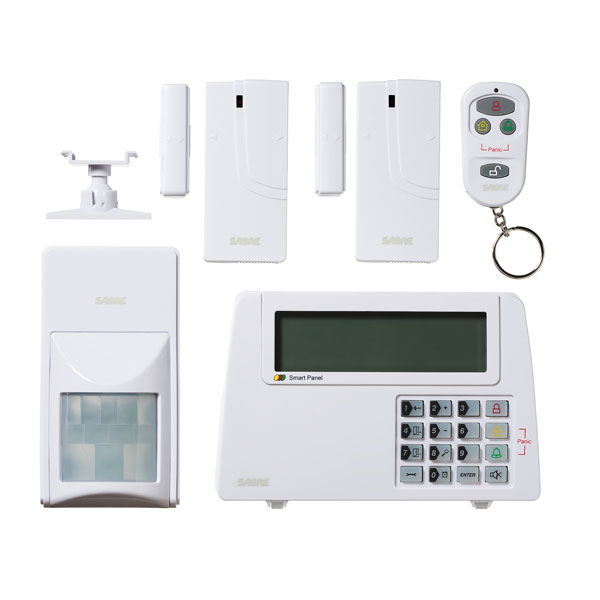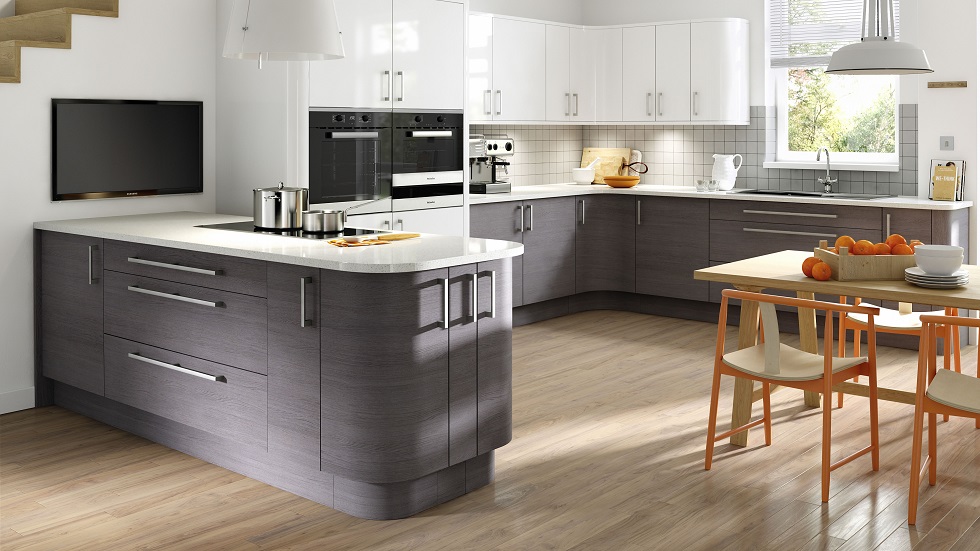That dreaded moment. The dishwasher goes silent mid-cycle. The refrigerator starts humming a little too loudly. Or the washing machine just… stops. Your first instinct might be to panic, imagining a huge repair bill. But what if the solution was already in your pocket?
Honestly, your smartphone is more than a social device. It’s becoming a powerful diagnostic tool. A new wave of smartphone applications is changing the game for appliance repair, empowering homeowners to troubleshoot issues before ever calling a professional. Let’s dive into how this tech works and whether it can really save you time and money.
How Can a Phone Possibly Diagnose My Appliance?
It sounds like science fiction, right? Well, the technology is surprisingly straightforward. These apps use a few key methods to figure out what’s wrong.
Listening with the Microphone
Many modern appliances, especially high-end ones, have specific acoustic signatures. An app can use your phone’s microphone to listen to your appliance’s motor, compressor, or pump. It then compares the sound to a vast database of “healthy” and “faulty” audio profiles.
Think of it like a doctor using a stethoscope. A weird grinding noise from your washing machine’s drum? The app might pinpoint a worn-out bearing. A faint, irregular click from your fridge? It could flag a potential compressor issue. It’s not magic—it’s pattern recognition.
Feeling Vibrations with the Accelerometer
Your phone can also feel things. The same accelerometer that flips your screen sideways can detect unusual vibrations. You simply place the phone on the appliance during its cycle. Excessive shaking in a dryer, for instance, could indicate an unbalanced load or, more seriously, a damaged shock absorber or roller.
The Power of Manual Input and Error Codes
Not all diagnostics are high-tech. Many apps function as incredibly detailed, interactive repair manuals. You tell the app the brand, model, and the specific symptom—”oven won’t heat but the light is on”—and it walks you through a decision tree of possible causes.
And for appliances that display error codes? These apps are a godsend. Instead of digging for a physical manual you probably threw away years ago, you just type in the code. The app instantly tells you what “F-21” or “E3” actually means and suggests the most common fixes.
The Real-World Benefits: More Than Just a Gimmick
Okay, so the tech is cool. But is it actually useful? In a word, yes. Here’s the deal on the tangible advantages.
Cost Savings and Empowerment
The most obvious benefit is saving money. A simple diagnostic app can help you avoid a $100+ service call for a problem you can fix yourself, like resetting a tripped GFCI outlet for your dishwasher or unclogging a drain hose. Even if you can’t do the repair, knowing the likely cause prevents you from being overcharged by a less-scrupulous technician.
You feel more in control. There’s a real sense of empowerment that comes from understanding what’s wrong with your own appliances.
Speed and Convenience
Got a problem at 10 PM on a Sunday? You’re not getting a repair person out then. With an app, you can start troubleshooting immediately. No waiting, no scheduling hassles. It puts a 24/7 repair assistant in your hand.
Preventative Maintenance Alerts
Some of the smarter apps can even help you prevent breakdowns. By analyzing subtle changes in sound or vibration over time, they can alert you to parts that are wearing out before they fail completely. It’s like getting a low-engine-oil warning light for your refrigerator.
Popular Apps and What They Do
The app landscape is growing fast. Here’s a quick look at the types you’ll find.
| App Type | How It Works | Best For |
| Manufacturer Apps (e.g., LG, Samsung, GE) | Brand-specific guides, error code libraries, and sometimes direct chat with support. | Owners of newer, smart appliances from that specific brand. |
| Universal Repair Guides (e.g., RepairClinic, iFixit) | Massive databases of symptoms and fixes for thousands of models across all brands. | DIYers who want step-by-step video and text guides for common repairs. |
| Acoustic Diagnostic Tools (e.g., ListenField) | Uses your phone’s mic to analyze sounds from motors and compressors. | Tech-savvy users trying to diagnose unusual noises in HVAC units, cars, and some appliances. |
The Limitations: When to Put the Phone Down and Call a Pro
Let’s be real for a second. These apps aren’t a silver bullet. They have their limits, and knowing when to stop is crucial for safety and for preventing further damage.
First and foremost, safety is non-negotiable. If your diagnostic points to any issue involving gas lines, high-voltage electrical components, or sealed refrigeration systems, it’s time to call a certified technician. Messing with these can be dangerous, even deadly.
Secondly, the accuracy isn’t 100%. An app might correctly identify a faulty sound but misinterpret its root cause. It’s a starting point, not a definitive verdict. Complex mechanical failures often require the nuanced experience of a human expert.
And finally, well, you might just not be comfortable doing the repair. And that’s perfectly okay. Using an app to diagnose the problem so you can accurately describe it to a professional is a win in itself. You walk into the situation informed, which is always a better position to be in.
A Glimpse Into the Future
This is just the beginning. As Artificial Intelligence and machine learning get smarter, so will these diagnostic tools. We’re moving towards a future where your smart appliance will self-diagnose and send an alert to your phone—and your preferred repair service—before it even breaks down.
Imagine your oven proactively telling you a heating element is degrading and offering to order the part for you. That level of predictive maintenance is on the horizon.
The Final Diagnosis
So, are smartphone diagnostic apps a replacement for skilled technicians? No, not at all. But they are an incredibly powerful ally. They demystify the inner workings of our essential home gadgets, turning panic into proactive problem-solving.
They shift the balance of knowledge, giving you a glimpse under the hood. In the end, it’s not about eliminating the expert. It’s about starting the conversation with a little more confidence, a little more understanding. And maybe, just maybe, fixing it yourself.


